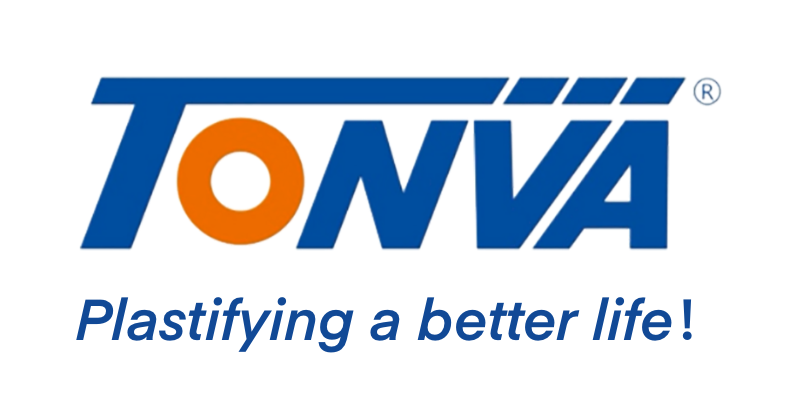Hollow blow molding method introduction:
Due to the difference of raw materials, processing requirements, output and cost, different blow molding methods have different advantages in processing different products.
Blow molding of hollow products includes three main methods:
1, extrusion blow molding: mainly used for unsupported billet processing;
2, injection blow molding: mainly used for processing billet supported by metal core;
3, stretch blow molding: including extrusion a stretch blow molding, injection a stretch blow molding two methods, can process biaxial oriented products, greatly reduce production costs and improve product performance.
In addition, there are multi-layer blow molding, pressing blow molding, dip coating blow molding, foaming blow molding, three-dimensional blow molding, etc. However, 75% of blow molding products are extrusion blow molding, 24% are injection blow molding and 1% are other blow molding. Of all blow molding products, 75% belong to bidirectional stretch products. The advantages of extrusion blow molding are high production efficiency, low equipment cost, wide range of mold and machinery selection, disadvantages are high scrap rate, waste recycling, poor utilization, product thickness control, the dispersity of raw materials is limited, after molding must be repaired edge operation. The advantages of injection blow molding are that there is no waste in the process of processing, the wall thickness of products and the dispersion of materials can be well controlled, the precision of thin neck products is high, the surface of products is smooth, and small batch production can be carried out economically. The disadvantage is the high cost of molding equipment, and to a certain extent only suitable for small blow molding products.
The process conditions of hollow blow molding require that the compressed air of the medium billet of blow mold must be clean. Injection blow molding air pressure is 0.55 ~ 1MPa; Extrusion blow molding pressure is 0.2L ~ 0.62mpa, while tensile blow molding pressure is often required as high as 4MPa. In plastic solidification, low pressure makes the internal stress of products low, stress dispersion is more uniform, and low stress can improve the tensile, impact, bending and other properties of products.
Post time: Sep-23-2021


